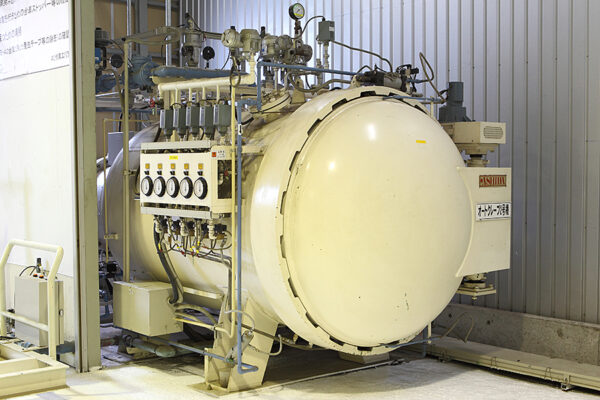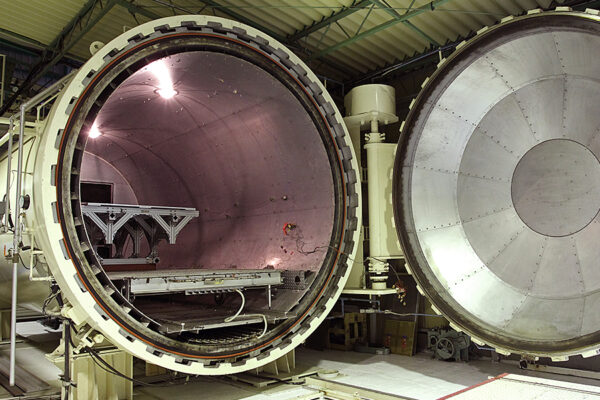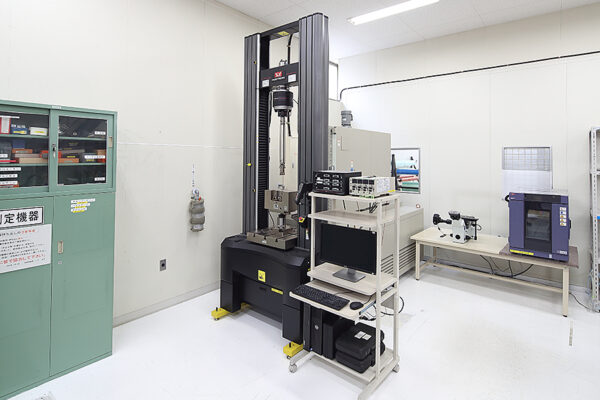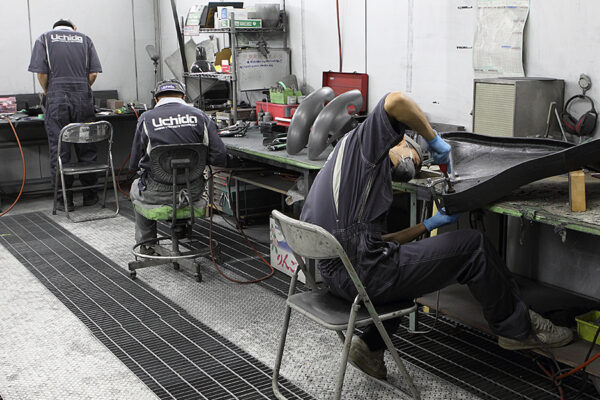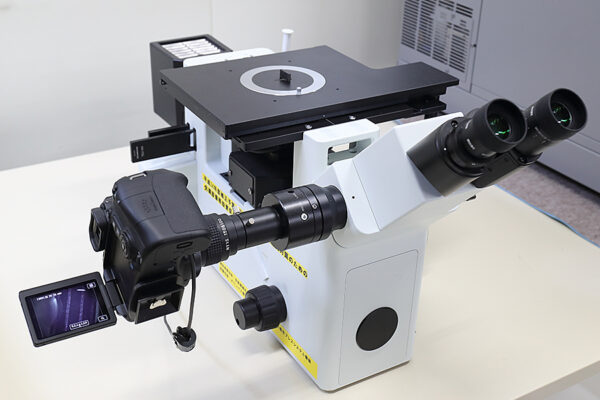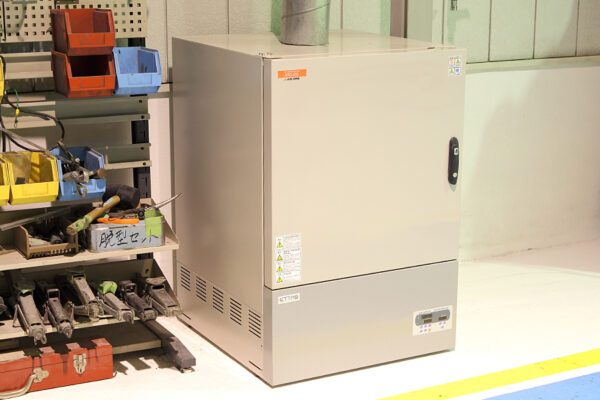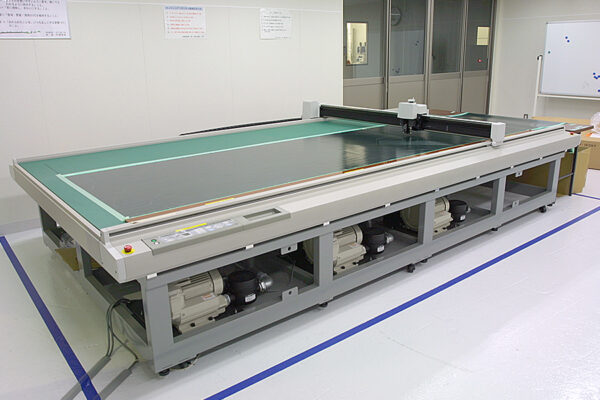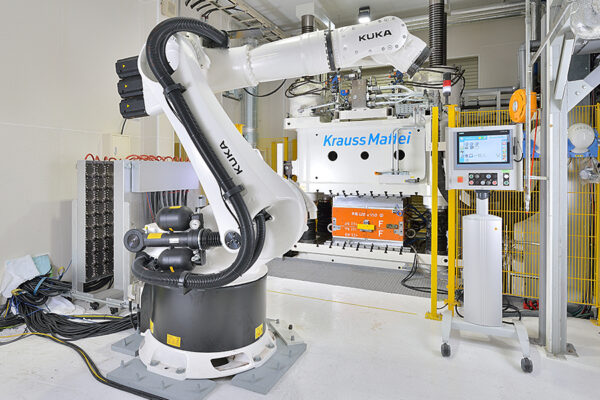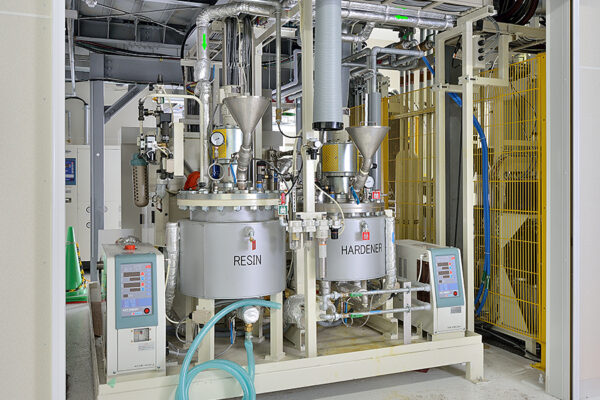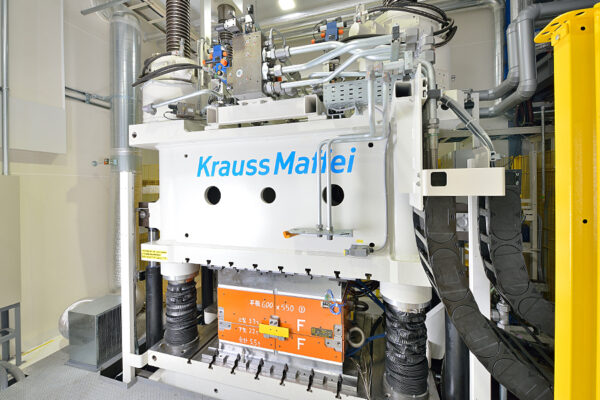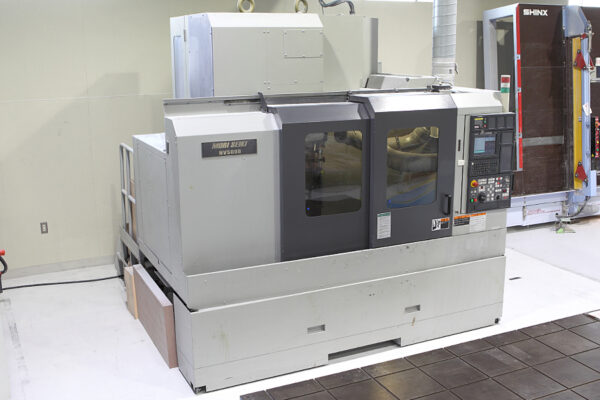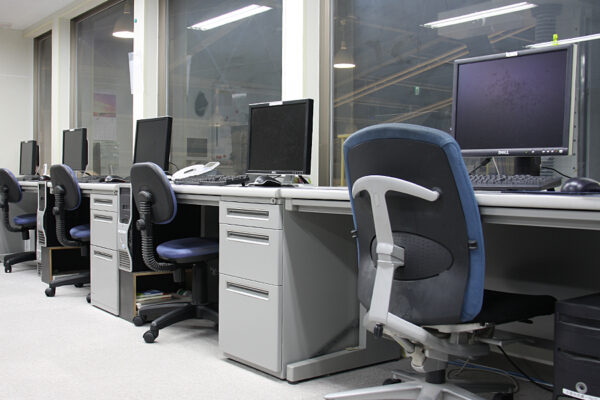Introduction
Carbon Fiber Lamination is a technology used in various fields such as aircraft, automobiles, and sporting goods to create materials that are lightweight yet extremely strong. This technology is a composite material made by laminating carbon fiber sheets or prepregs (pre-impregnated materials) and bonding them with resin. Here we will discuss in detail the features, manufacturing methods, advantages, applications, and future prospects of carbon fiber lamination.

What is carbon fiber lamination?
Carbon fiber laminate is a material created by overlapping multiple carbon fiber sheets, bonding them with resin, and curing them. This process increases strength and rigidity while reducing weight. By changing the order and angle (interlayer angle) of these layers, customized materials with different strength properties can be created.
– Prepreg: A sheet of carbon fiber pre-impregnated with resin, which is heated and cured after stacking to provide strength.
– Stacking angle: By changing the angle of the carbon fiber when stacking layers, strength and flexibility in a particular direction can be adjusted. For example, a combination of angles such as 0, 90, and 45 degrees is commonly used.
Features of carbon fiber laminates
Carbon fiber laminates have the following features:
High strength and stiffness
Carbon fiber has very high strength and stiffness, so laminated materials have extremely good mechanical properties. In particular, it is able to achieve strength comparable to metal while being lightweight, which enables high performance in areas subjected to loads and in harsh environments.
Lightweight
The lightness of carbon fiber is also a major advantage in laminated materials. Although carbon fiber is approximately one-fifth as light as metallic materials, it can reduce the weight of structures without compromising their strength. This property contributes to improved fuel efficiency and acceleration performance, especially in aircraft and automobiles.
Excellent Fatigue Resistance
Carbon fiber laminates exhibit very high resistance to repeated loading. Its high fatigue strength and ability to withstand long-term use make it ideal for aircraft wings, automobile chassis, and other parts that require high performance over a long period of time.
Freedom of Design
Because the shape and properties can be freely designed by lamination, parts and structures with complex shapes can be manufactured. By adjusting the stacking angle of each layer, strength can be concentrated in a specific direction or flexibility can be added.
Manufacturing Methods for Carbon Fiber Laminations
There are several approaches to manufacturing carbon fiber laminations, but the typical ones are as follows:
Autoclave Molding
Autoclave molding is a method in which prepreg is cured at high temperature and pressure in a heated pressure vessel. This method can guarantee very high quality in carbon fiber laminations and is often used for high-performance components in aircraft and automobiles. The use of an autoclave creates products with uniform density and high strength.
Rapid Molding (RTM)
Rapid Molding (Resin Transfer Molding, RTM) is a method of molding carbon fiber preforms by injecting resin into them. This method is less expensive than autoclaving and is effective for manufacturing complex shapes. It is being used particularly in the automotive industry.
Manual Lamination
This method involves layering carbon fiber sheets by hand. It is suitable for relatively small-lot production and is used for prototyping and custom parts manufacturing. Manual lamination requires precise control and is greatly influenced by the experience of the manufacturer.
Benefits and Applications of Carbon Fiber Laminates
Carbon fibre laminates have a variety of benefits and applications, the main ones being.
Aircraft Industry
Carbon fiber laminates are widely used in aircraft airframes and wings. Their lightweight and high-strength properties contribute to improved fuel efficiency and increased payload capacity of aircraft. It plays a particularly important role in reducing the weight of commercial and military aircraft, as well as in the development of future flying vehicles.
Automotive Industry
In automobiles, carbon fiber laminated components are used to reduce weight, particularly in sports cars and luxury vehicles. CFRP is increasingly used in body panels, chassis, and interior components, contributing to improved fuel efficiency and performance.
Sporting goods
Carbon fiber laminates are used in sporting goods such as bicycle frames, golf clubs, and tennis rackets. Lightweight, yet strong, and with excellent vibration absorption properties, carbon fiber laminates contribute to improved performance of sporting goods.
Architecture and Structures
Carbon fiber laminates are used in seismic reinforcement and high-strength structures. Because of their light weight and high strength, they are increasingly used as reinforcement in bridges and high-rise buildings, providing long-term durability.
Future Prospects for Carbon Fiber Lamination
Carbon fiber lamination technology is expected to continue to evolve and be used in more and more areas in the future. Reduced manufacturing costs and advances in recycling technology are increasing the potential for use in a wider range of applications. In particular, carbon fiber laminates will play an increasingly important role in reducing the weight of electric vehicles and aircraft.
Further technological innovations are expected to streamline the design and manufacturing process of laminated structures, resulting in lower cost and higher performance products.
Conclusion
Carbon fiber lamination is a technology that provides lightweight yet high-strength materials. Due to its high performance, it is utilized in many industries, including aircraft, automobiles, sporting goods, and the construction field. With the evolution of manufacturing technology, it is expected to be adopted in many more fields in the future.
Related useful contents
You can explore related content by clicking on a topic of interest.
ABOUT UCHIDA - 55 years since our founding
We leverage a wealth of technical expertise as a CFRP molding and processing manufacturer using FRP, GFRP, and CFRP materials. We offer a one-stop solution, encompassing design, analysis, manufacturing, secondary processing, assembly, painting, quality assurance, and testing.
UCHIDA's equipment
We have cutting-edge equipment to ensure that we can address even the most advanced challenges of our customers.
Video Library
In the following video, we provide a detailed overview of our manufacturing process. Please feel free to watch and learn more.
Contact us



